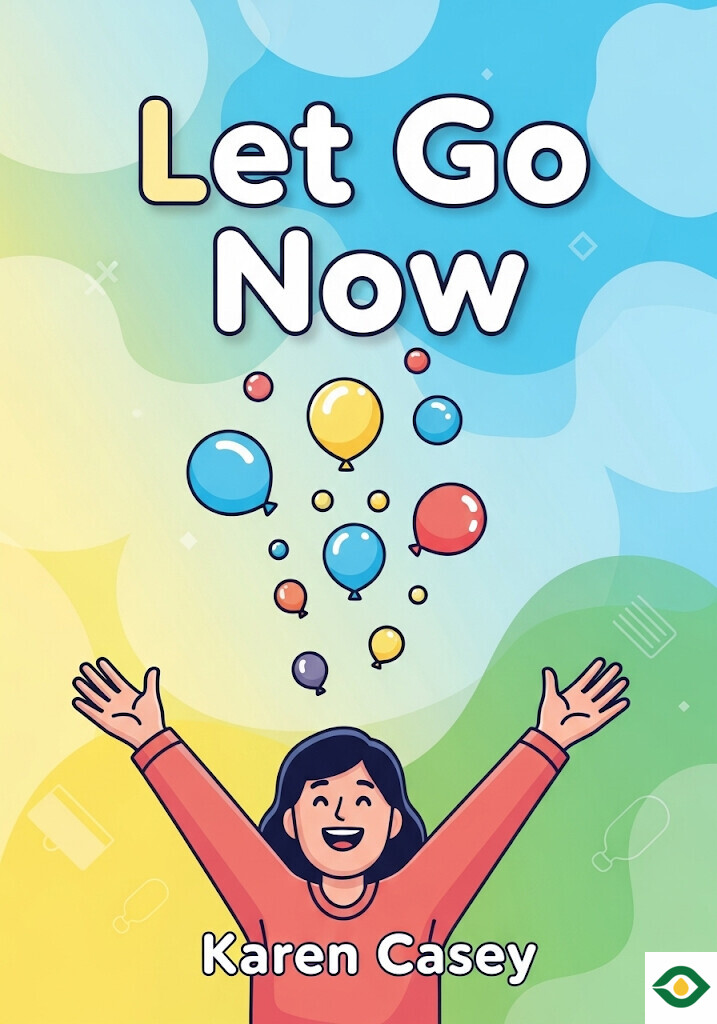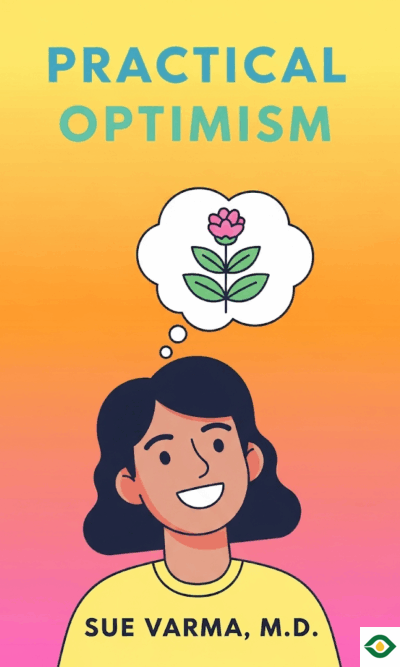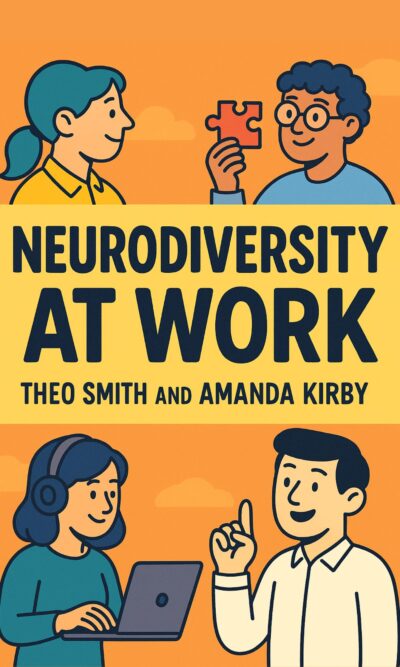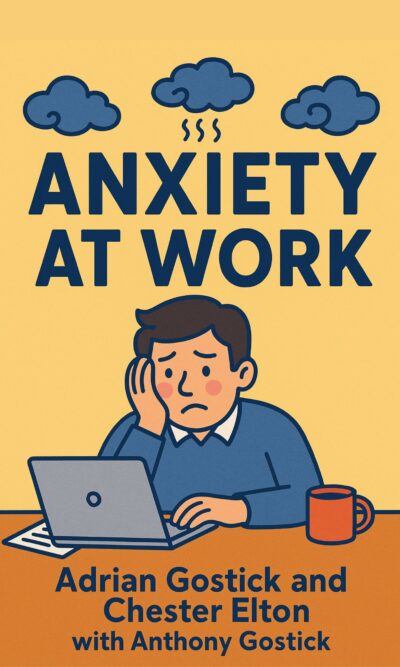Description
Life often tempts us to control the people we love. When a family member or partner makes a choice we dislike, our instinct is to step in, correct, or even take over. We convince ourselves that by interfering, we are helping. But usually, this leads to arguments, tension, and frustration. The truth is, no matter how hard we try, we cannot control others. And if we keep trying, we end up damaging our relationships and exhausting ourselves.
This is where the idea of detachment becomes powerful. Detachment does not mean coldness, neglect, or indifference. Instead, it means loving someone enough to let them live their own life without constant interference. It is about freeing ourselves from the impossible burden of controlling others while still caring deeply for them. When practiced, detachment allows us to experience calmness, self-respect, and inner freedom.
For many people, detachment is a difficult lesson to learn. The author Karen Casey speaks from her own personal experience. Growing up in a troubled household, she found herself caught in cycles of dependency and control. Alcohol played a role in her struggles, but even after she gave up drinking, she still battled with the urge to manage other people’s lives and the constant need for approval. Through years of personal growth, including support from recovery groups, she discovered the practice of detachment. It wasn’t quick or easy, but slowly, she realized that peace came from letting go.
One of the biggest challenges in life is resisting the urge to control others. It feels natural to want to solve someone else’s problems, especially when it’s a loved one. A partner might make financial decisions you dislike, or a friend might continue down a path you believe is destructive. You think you know best, and maybe you even do. But that does not give you the right to take charge of their choices. Everyone has their own lessons to learn, and trying to live their life for them only robs them of growth.
By trying to manage others, we also bring unnecessary stress upon ourselves. When you carry someone else’s burdens, you end up weighed down, resentful, and anxious. Detachment, therefore, is both an act of love and self-preservation. It means saying: “This is not my responsibility. I will walk beside you, but I will not walk for you.” Life is like traveling in parallel lanes on a highway. We may move alongside others, but their lane is not ours.
Just as we must stop controlling others, we must also stop allowing others to control us. Many people live in constant reaction to others’ opinions, words, or moods. A small criticism or lack of attention from someone else can send them spiraling into doubt and insecurity. This creates a dangerous dependence where happiness is determined by external approval rather than inner stability.
Detachment means breaking this cycle. It means learning not to take things personally. The way others behave often says more about their struggles than about us. A harsh word from a parent, a dismissive comment from a stranger, or silence from a partner does not define our worth. Detachment helps us recognize that our value is not tied to someone else’s behavior. We can choose our own reactions and maintain our sense of self.
Some may worry that detachment sounds lonely or distant. But it is not about isolating ourselves. In fact, detachment makes healthy connection possible. When we stop trying to control or be controlled, we create space for genuine love, acceptance, and respect. We can enjoy relationships without constant fear, conflict, or tension.
Practicing detachment is not always easy. Our instincts push us to react quickly, especially when emotions run high. That is why practical tools are so important. For example, prayer can be a powerful aid. Even if you are not religious, prayer can simply mean taking a moment to pause, breathe, and shift your thoughts. When faced with frustration, a simple prayer for guidance or peace can create a sense of calm. Karen Casey often leaned on the Serenity Prayer, which emphasizes accepting what we cannot change. By repeating these words, she reminded herself that not everything was her responsibility, and that letting go was often the best choice.
Another tool is a short mantra. Whenever strong emotions rise, repeating a phrase like “Don’t go there” can stop a reaction before it begins. This mental reminder helps create a small gap between the trigger and the response. That small gap is where detachment lives. If emotions remain overwhelming, the best action may be to physically walk away. Leaving a heated conversation or stepping aside from a situation can prevent harm and preserve peace.
Walking away does not mean giving up on people. It means protecting yourself and recognizing that not every battle needs to be fought. Sometimes, walking away is the strongest and most loving choice you can make. It is a declaration that you will not lose yourself in conflict, nor will you try to control what cannot be controlled.
Detachment also teaches us that while we cannot control events or people, we can control our own thoughts. Thoughts shape feelings, and feelings shape experiences. By training our minds to think differently, we can change our emotional state. For example, when standing in a long line, instead of grumbling about wasted time, you can choose to think, “Everyone here is part of life’s plan, and I send them kindness.” Shifting perspective in small moments builds the foundation for detachment in bigger challenges.
Ultimately, detachment frees us from unnecessary suffering. It breaks the cycle of trying to control others and relying on others for our happiness. It teaches us balance—the ability to care deeply without drowning in someone else’s struggles.
The journey is ongoing. Detachment is not mastered in a single day. It requires patience, practice, and repeated reminders. But each effort brings greater peace. Over time, the heavy weight of control and dependency lifts, replaced by a calm strength.
The essence of Let Go Now is simple: let people live their own lives, and live yours fully. Love without control. Care without clinging. Respect others’ choices without making them your burden. In doing so, you discover freedom.
Detachment is not about abandoning others—it is about honoring both their path and yours. It is an act of courage, compassion, and faith. And when practiced, it offers one of the greatest gifts life can give: inner peace.





